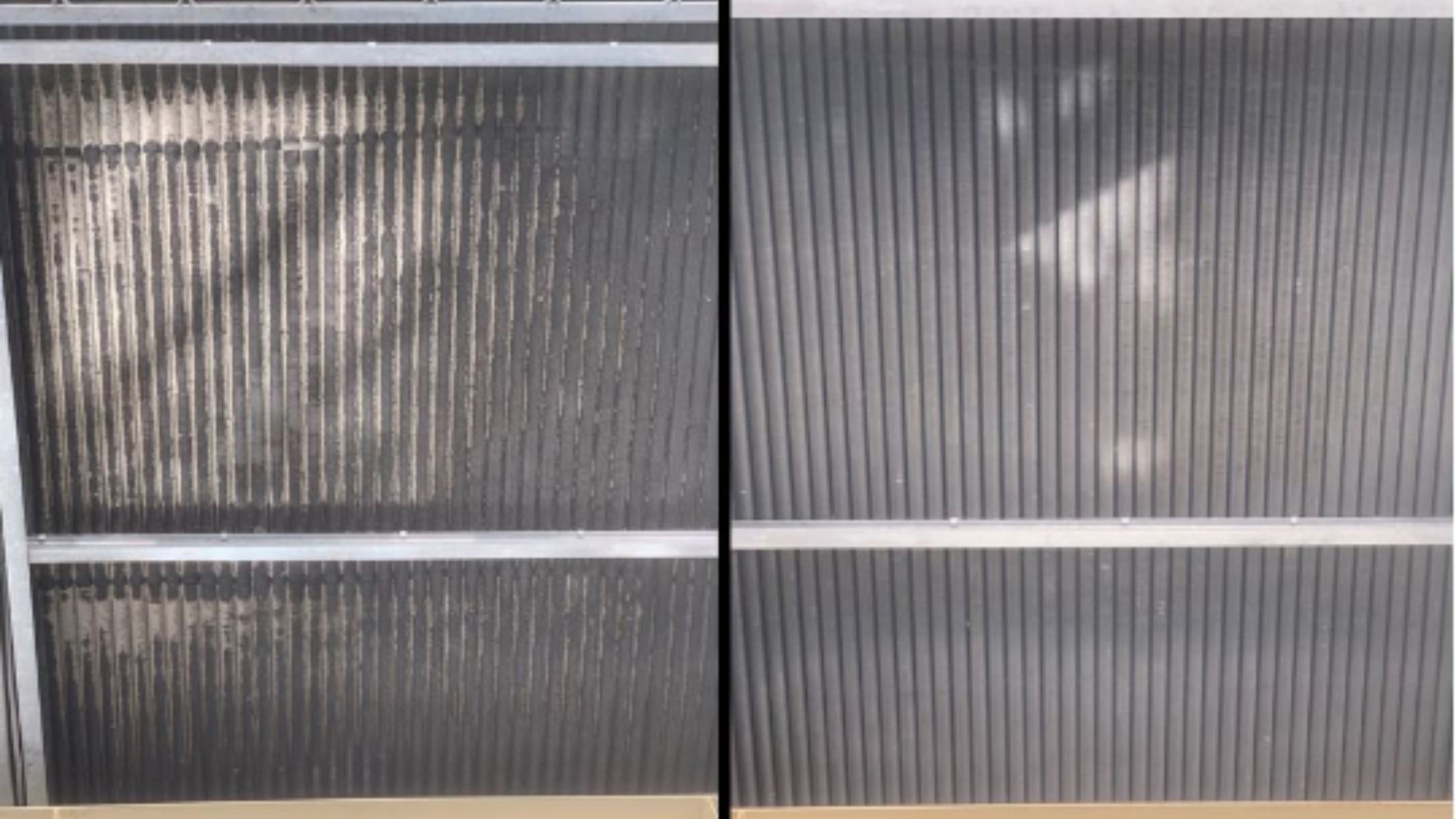Scaling, an often overlooked yet critical challenge in industrial equipment, can have detrimental effects on efficiency, performance, and equipment lifespan. As a trusted Heavy Industrial Cleaning Services, we at Rock Hill Industrial understand the urgency of addressing scaling issues promptly.
In this comprehensive guide, we will explore the various types of scaling, their characteristics, and the most effective removal methods.
Scaling and Its Impact
Scaling, the accumulation of mineral deposits, rust, and other substances on surfaces, is more than just an aesthetic concern. It significantly impacts the efficiency and functionality of industrial equipment. Scaling disrupts fluid flow, reduces heat transfer, and increases energy consumption, leading to decreased operational efficiency and increased maintenance costs.
Types of Scaling and Their Characteristics
- Mineral Scaling
Mineral scaling occurs when minerals like calcium and magnesium accumulate on surfaces. These minerals originate from sources like hard water. Mineral scaling forms insulating layers, hindering heat transfer and causing reduced efficiency.
- Rust Scaling
Rust scaling arises from corrosion on metal surfaces. Rust formation not only weakens the structural integrity of equipment but also impedes fluid flow and heat exchange, diminishing overall performance.
- Biological Scaling (Biofouling)
Biofouling is the accumulation of biological organisms, such as algae and bacteria, on surfaces. This type of scaling leads to reduced efficiency, increased maintenance, and poses health and safety risks to workers.
- Chemical Scaling
Chemical scaling results from reactions between fluids and equipment surfaces. It’s a complex process with varied impacts, affecting fluid flow and heat exchange and necessitating specialized removal methods.
Effective Removal Methods for Different Types of Scaling
- Mineral Scaling Removal
Descaling agents, mechanical scraping, and high-pressure cleaning are effective methods for removing mineral scaling. These methods break down mineral deposits, restoring equipment efficiency.
- Rust Scaling Removal
Abrasive blasting, chemical rust converters, and corrosion inhibitors are used for rust scaling removal. These techniques not only remove rust but also prevent further corrosion.
- Biofouling Removal
Chemical biocides, mechanical brushing, and ultrasonic cleaning are employed to combat biofouling. Thorough removal is crucial to prevent the growth of harmful microorganisms.
- Chemical Scaling Removal
Specialized chemical treatments and inhibitors dissolve or prevent chemical scale buildup. These methods are chosen based on equipment compatibility and environmental considerations.
Choosing the Right Removal Method
Selecting the appropriate removal method involves considering the type of scaling, equipment material, and safety. It’s advised to consult professionals who can accurately assess the situation and recommend the most effective approach.
The Bottom Line:
The diverse types of scaling pose unique challenges to industrial equipment, affecting performance and operational costs. Rock Hill Industrial’s expertise in Scale Removal Services ensures that different scaling issues are addressed efficiently and comprehensively. Timely removal not only restores efficiency but also extends the life of your valuable equipment.

